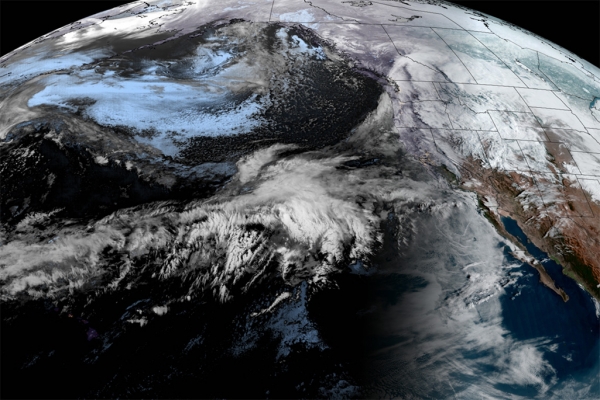In California’s 2022-2023 winter season, the state faced nine atmospheric rivers (ARs) that led to extreme flooding, landslides, and power outages – the longest duration of continuous AR conditions in the past 70 years.
In California’s 2022-2023 winter season, the state faced nine atmospheric rivers (ARs) that led to extreme flooding, landslides, and power outages – the longest duration of continuous AR conditions in the past 70 years. Scientists at Lawrence Berkeley National Laboratory (Berkeley Lab) recently conducted a study using machine learning to better understand these complex weather systems, finding that more intense atmospheric rivers are more likely to occur in succession within a short period of time. A recent paper published in Communications Earth and Environment details their findings.
California’s winter climate is largely defined by these atmospheric rivers – long, narrow regions in the atmosphere that transfer water vapor from the tropics, most commonly associated with the West Coast coming from the Pacific Ocean. When they make landfall (i.e. pass over land), they can release massive amounts of rain and snow. The catastrophic environmental and economic effects of AR’s highlight the urgency of studying them, especially as Earth’s climate changes.
“Atmospheric river events are likely to become worse with rising temperatures,” explained Yang Zhou, Earth and Environmental Sciences Area (EESA) scientist and lead author of the publication. “By studying how and why more dense events occur, we can try and help California be better prepared.”
Read more at: Berkeley Lab
On the heels of an atmospheric river that brought destructive flooding to California, another is on the way. This view shows the system developing over the Pacific. (Photo Credit: CSU/CIRA & NOAA)




